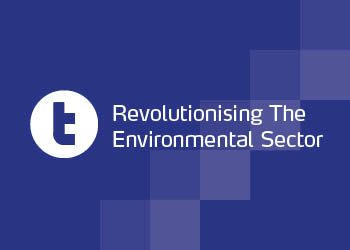Distribution of EU carbon permits “could be handled in a
manner not dissimilar to how central banks handle money supply
and interest rates,” said Mauricio Bermudez Neubauer, a London-
based lead consultant on carbon markets at Accenture. A floating
cap, where supply may be linked to economic activity and permit
prices, “would enable the regulator to serve the joint
objectives of delivering environmental targets and stimulating
investment in decarbonization.”
To support the carbon market as energy efficiency programs
lower emissions, the European Commission offered yesterday the
option of withholding an unspecified number of permits from the
world’s largest cap-and-trade program starting in 2013. The EU
said the most cost-efficient scenario for long-term emission
reductions is a 40 percent cut in 2030 and 60 percent in 2040.
The way the EU calculates caps is written into law and any
change to this would require approval by member states and the
European Parliament.
The climate-fighting roadmap released yesterday by the
commission “makes it clear that the permanent removal of set-
aside volume needs to be a political decision and not something
that can be carried out within terms of the existing
directive,” said analysts at Bloomberg New Energy Finance in
London including Matthew Cowie. “The clear political difficulty
of tightening the EU emissions trading system cap and the
prospect of stronger mandated action on energy efficiency could
be bearish.”
Carbon Permits Decline
Carbon permits for December fell 0.1 percent to 15.87 euros
a metric ton on the ICE Futures Europe exchange as of 2:10 p.m.
in London. They reached 16.02 euros on March 7, their highest in
almost five months.
The commission plans to present “legislative proposals
with very concrete binding measures” in a few months, it said.
“Without a set-aside, energy savings achieved by one
company would result, via relatively lower demand for
allowances, in weakening of the price of allowances,” the
commission said. “This could prompt another company to produce
more, consume more energy and emit more carbon dioxide. As a
result, net energy savings would be low or non-existent.”
The commission revised the proposal from the original draft
obtained by Bloomberg News last month, when it suggested that
between 500 million and 800 million allowances could be withheld
in the eight-year trading phase through 2020. That would
correspond to as much as 5 percent of supply.
For Related News and Information:
Emission market news: NI ENVMARKETS
Today’s top energy stories: ETOP
European power-markets home page: EPWR
Sustainability, environmental indexes: SEI












